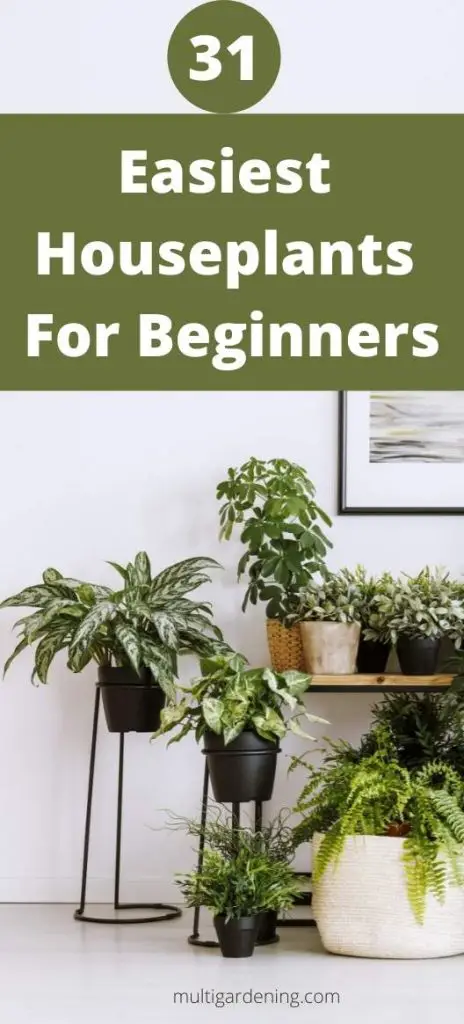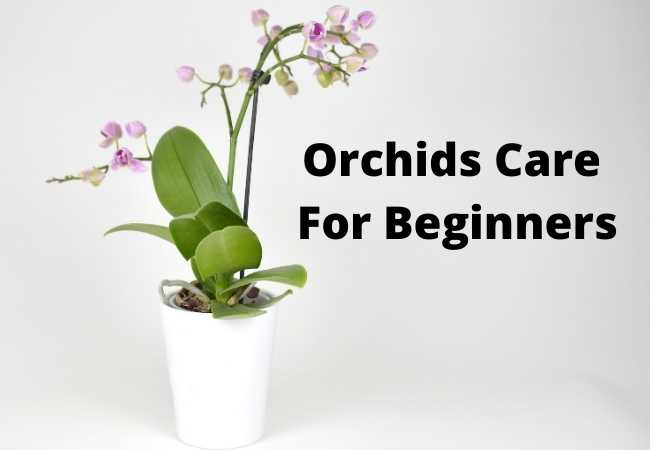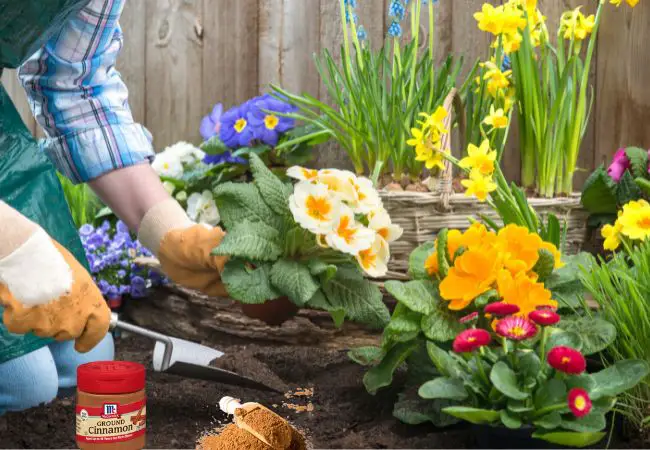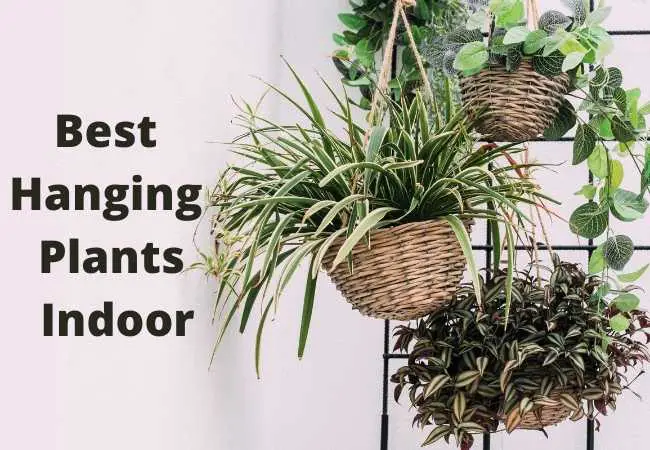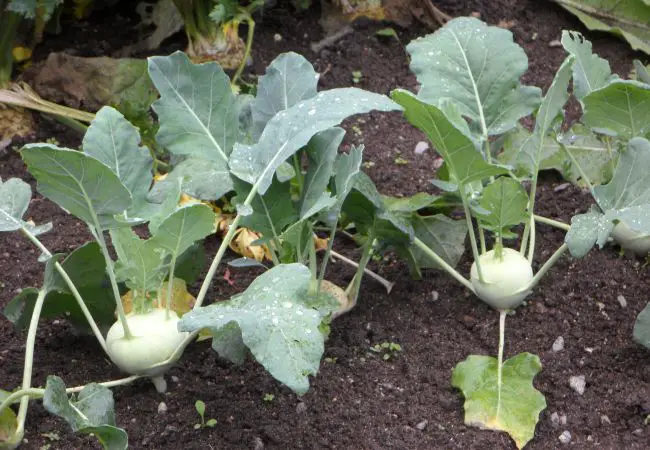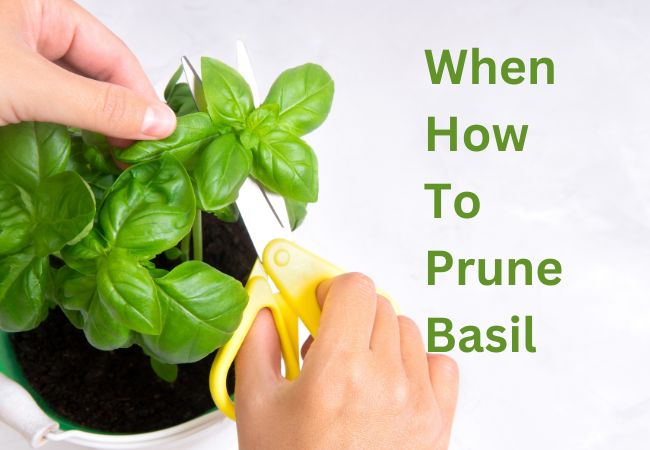31 Easiest Houseplants For Beginners
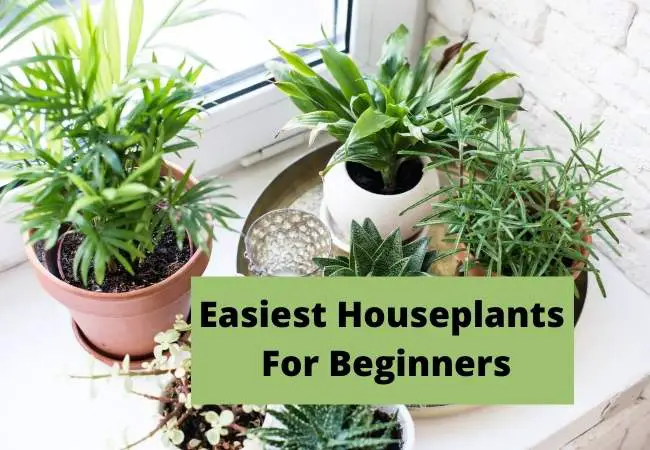
The easiest houseplants for beginners are those they can grow without much fuss and high maintenance. Some of them can tolerate a little neglect and are also able o bounce back quickly.
Easiest Houseplants For Beginners
The easiest houseplants should thrive with minimal care and provide a quick source of color to bring life into your home.
If you are an apartment dweller, these plants can all be grown on your windowsills! If you have a little more space, I have also included my top 4 plants that will thrive on your deck or patio in the summer months.
Dracaena
Dracaenas come in all sizes and shapes. They generally grow short stems, called canes, with luscious green leaves sprouting from each tip.
Water well and then allow to dry out before watering again. Dracaenas like bright indirect light, but can adapt to lower levels of light.
Their only requirement is that they get at least 4 hours of sunlight a day! They are best in the filtered or shaded sun and not in hot southern exposures.
Parlor Palm (Chamaedorea elegans)
Parlor palms are among the easiest houseplants to grow and feature beautiful fan-shaped green leaves. Parlor palm plants can grow several feet tall and wide and look stunning in a large ornamental pot!
Water well, allowing the soil to dry out before watering again. Parlor palm plants do not like cold drafts and prefer bright indirect light, but can tolerate lower levels as well.
They grow best on a southern-facing windowsill in the winter and do well on a covered patio during the summer months. This is one of the easiest houseplants for beginners.
Ficus (Ficus Alii)
The most important thing to remember about ficuses is that you should never overwater them! These plants prefer to be slightly on the dry side and will rot quickly if given too much water.
Water well, allow to almost dry out, and then water again only when the soil is completely dry. Ficus Alii like bright indirect light and can adapt to lower levels of light. They make excellent office plants!
Ficus Alii can be trained into a bonsai tree or left with long stems that grow in all directions.
The Ficus Alii produces small white flowers which are followed by small red berries, called figs. These fruits attract bees and other pollinating insects to your home! The ficuses are also very effective at filtering air pollutants.
Snake Plant (Sansevieria Trifasciata)
The snake plant is one of the most popular plants in offices and homes because it is very easy to care for! This South African native features long, strong leaves that are often variegated with yellow or silver markings.
Like the ficus, snake plants do well in filtered sun and can be acclimated to lower levels of light.
Water infrequently and allow the soil to dry out completely before watering again. You can reduce watering during winter months, or when you notice the leaves turning brown at their tips (indicating over-watering).
The snake plant also benefits from being misted occasionally to provide extra humidity. Keep out of reach of furry friends as the sap may irritate their paws and noses!
Cast Iron Plant (Aspidistra)
The cast iron plant, also known as the barroom palm, is a popular houseplant because it thrives on neglect! This tough plant features long sword-shaped leaves with striking white veins.
Water well, allowing the soil to dry out completely before you water again. Be sure not to overwater as these plants can rot quickly if too much water is provided!
The cast iron plant prefers bright indirect light but tolerates lower levels of light very well. It makes an excellent houseplant for a dark corner or room!
ZZ Plant (Zamioculcas zamiifolia)
The ZZ plant is my personal favorite because it’s so easy to grow and provides such stunning color.
This tropical native features shiny green leaves with bold black stripes. It prefers bright indirect light but does very well in lower light conditions.
Water well and then allow the soil to dry out before watering again. The ZZ plant may lose its lower leaves when it is being acclimated to lower levels of light or under-watered, but it will quickly produce new ones!
Passion Flower (Passiflora)
Passion flowers produce some of the most beautiful and interesting fruit you can grow in your garden! They are vines with bright green oval-shaped leaves. Passion flowers are native to the southern United States, Mexico, and South America.
Water well, allowing the soil to dry out before watering again. Be sure not to overwater as these plants can rot quickly if too much water is provided!
Passion flowers prefer bright indirect light or sun on the coast – indoors they will need a south-facing window. The vines can be trained to grow on a trellis, arbor, or wall.
Myrtle (Myrtus communis)
The myrtle leafed garden plant is an evergreen shrub with striking white flowers and red berries! This plant is native to the Mediterranean region but grows well in coastal climates.
Water well, allowing the soil to dry out before watering again. During winter months, reduce watering or allow the myrtle plant’s soil to become slightly drier.
Myrtle plants prefer bright indirect light but can tolerate lower levels of light very well. They grow best on a southern-facing windowsill in the winter and do well on a covered patio during the summer months.
Aloe (Aloe vera)
The aloe plant is perhaps one of the most popular houseplants because it’s so useful! The clear gel inside the leaves can be used to soothe burns and rashes, making this a great plant for households with pets or small children.
Water well, allowing the soil to dry out before watering again. Aloe plants do not like cold drafts and prefer bright indirect light or direct sunlight in colder months (they will need to stay indoors in summer). The aloe plant is poisonous, but its sap is wonderful for soothing burns!
Lucky Bamboo (Dracaena sanderiana)
Lucky bamboo is not actually a bamboo species – it’s a type of Dracaena. Lucky bamboo has green or yellow striped leaves and grows in clumps with stems that creep along with the soil.
Water well, allowing the soil to dry out before watering again. Be sure not to overwater as these plants can rot quickly if too much water is provided. These beautiful plants prefer bright indirect light but will tolerate lower levels as well.
Cup Plant (Silphium perfoliatum)
The cup plant is a tall, striking perennial that features large bright yellow flowers. It is perfect for patios and backyards. The flower cups collect rainwater and ants love to take shelter in them!
Water well and then allow the soil to dry out before watering again. Cup plants prefer fertile, moist soil with good drainage. They will not tolerate standing water or soggy soil!
The seed heads attract birds and the leaves provide small amounts of shade, making this a wonderful addition to your garden or landscape.
Crown Of Thorns (Euphorbia milii)
Crown of thorns features bright red flowers and spiny succulent stems! This tropical plant is a popular indoor houseplant because it can tolerate very low light conditions.
Water well, allowing the soil to dry out before watering again. Crown of thorns prefers warm humid air and temperatures between 60-90 degrees.
Protect this plant from drafts during the winter months! The crown of thorns’ sap is mildly toxic if ingested, so be careful when caring for children or pets around these plants.
Fiddle-Leaf Fig (Ficus lyrata)
Fiddle leaf fig trees are among the most popular houseplants! They feature beautiful fiddle or violin-shaped dark green leaves that grow in bunches.
Water well, allowing the soil to dry out before watering again. Be sure not to overwater as these plants can rot quickly if too much water is provided!
Fiddle leaf fig trees prefer bright indirect light but can tolerate lower levels as well. They grow best on a southern-facing windowsill in the winter and do well on a covered patio during the summer months.
Peace Lily (Spathiphyllum)
Peace lilies are popular indoor plants because they are so easy to care for! These flowering plants produce white and green flowers and their leaves grow in a fan shape.
Water well, allowing the soil to dry out before watering again. Peace lilies prefer bright indirect light but can tolerate lower levels as well.
They do best on a southern-facing windowsill in the winter and do well on a covered patio during the summer months. Their sap is mildly toxic if ingested, so be careful when caring for children or pets around these plants.
English Ivy (Hedera helix)
English ivy is popular in hanging baskets and is also featured in most wedding bouquets! These trailing vines feature small green leaves with excellent water retention capabilities.
Water well, allowing the soil to dry out before watering again. English ivy prefers bright indirect light but can tolerate lower levels as well.
They do best on a southern-facing windowsill in the winter and do well on a covered patio during the summer months.
Golden Pothos (Epipremnum aureum)
Golden pothos features bright green leaves accented by yellow and cream-colored variegations.
Water well, allowing the soil to dry out before watering again. Golden pothos prefers bright indirect light but can tolerate lower levels as well.
They do best on a southern-facing windowsill in the winter and do well on a covered patio during the summer months. Their leaves are toxic if ingested, so be careful when caring for children or pets around these plants.
Easiest Indoor Houseplants For Beginners
If you are a beginner plant owner, try some of these plants. You will not find success and gain experience that will be useful when taking care of high-maintenance plants.
If you love plants check out Multigardening Pinterest for all types of plant posts.
